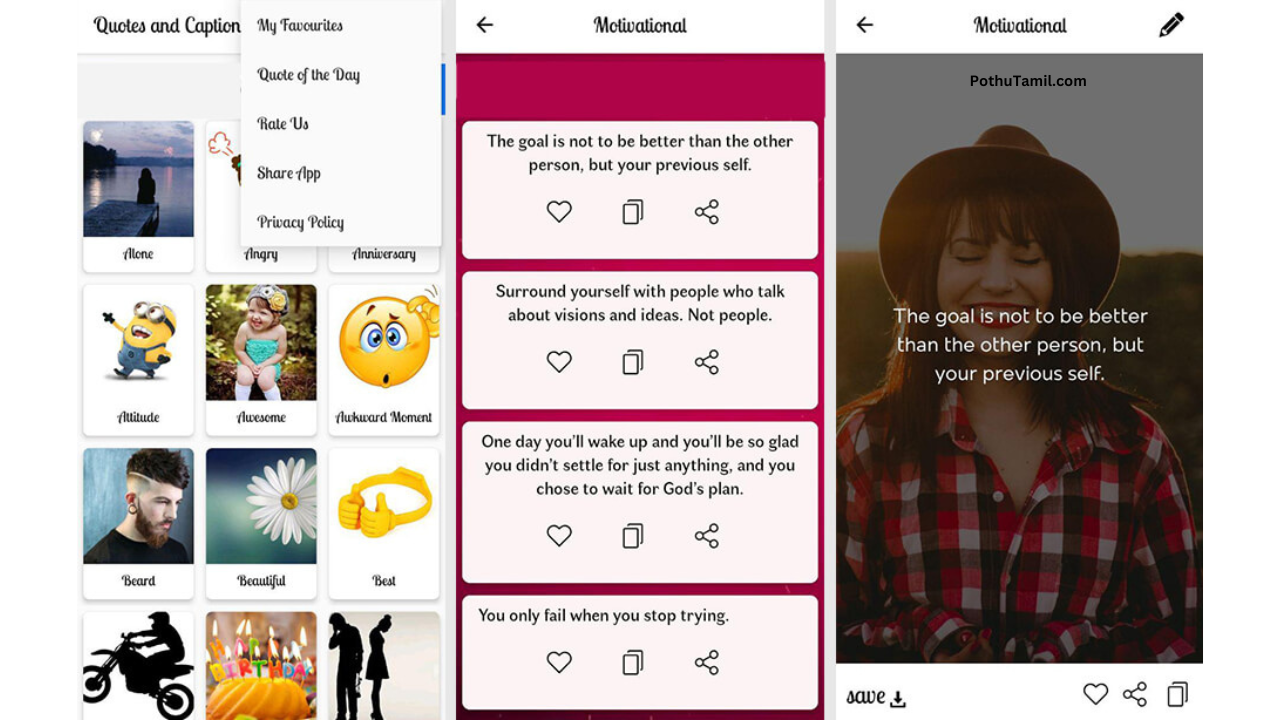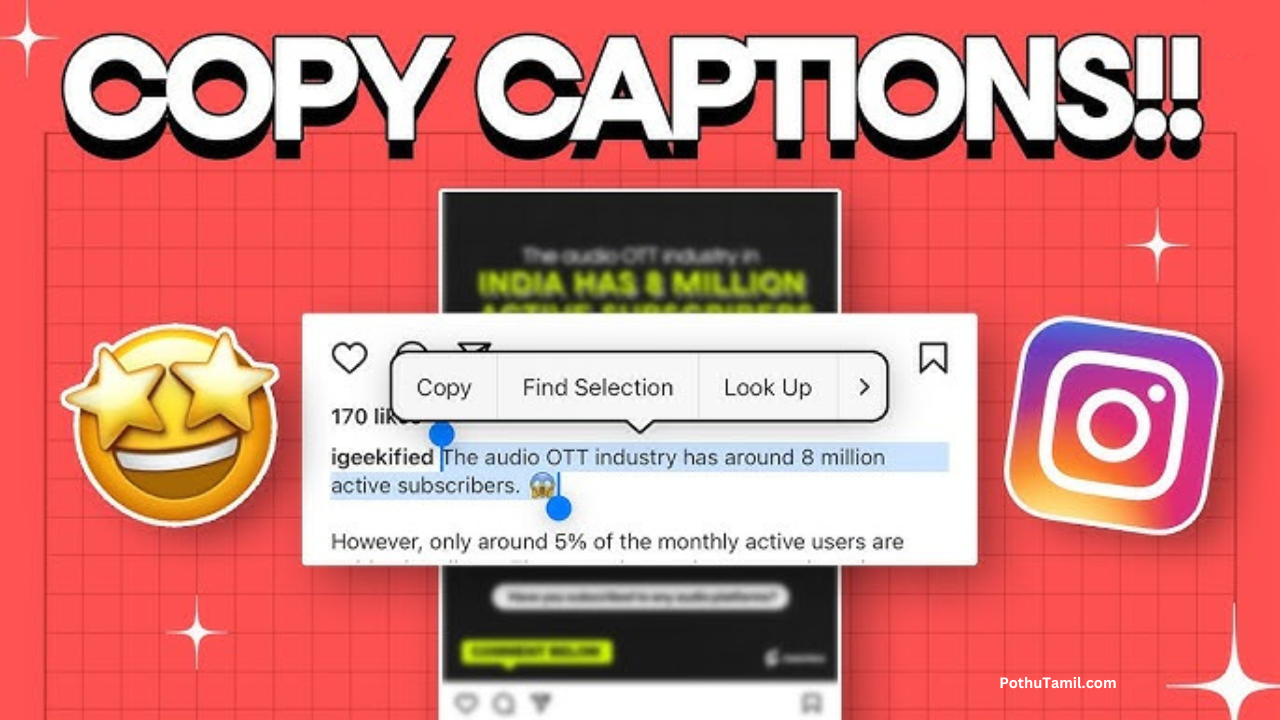Google AI School positions itself as a practical gateway into modern artificial intelligence, designed around Google’s ecosystem of tools, research ethos, and production-grade workflows. Rather than presenting AI as a purely academic subject or a grab-bag of trendy buzzwords, the program emphasizes hands-on learning with models, datasets, and deployment pathways that resemble what teams actually do in the field. The result is a learning experience that blends foundational concepts with applied projects, giving learners a clearer path from tutorial to prototype to production.
Because I can’t browse right now, I can’t verify the very latest syllabus changes, cohorts, or pricing updates. Program specifics shift over time, so treat the following as a careful, experience-based assessment of what Google AI School typically aims to deliver and the kinds of strengths and tradeoffs you should expect. If you need exact dates, modules, and fees, check the official site before enrolling.
What the Curriculum Tries to Achieve
The spine of the curriculum usually follows a logical sequence: build strong intuitions for machine learning and deep learning, learn how to train and evaluate models, then move into the realities of making those models useful in products and workflows. Early modules typically demystify key ideas like gradient-based optimization, data splitting and validation, overfitting and regularization, and metrics that actually match a business objective. That grounding matters because many learners jump into code without a sense for why a model is performing the way it does, and the course design counters that tendency by forcing you to reason about loss curves, tradeoffs, and data quality.
As learners progress, the focus tends to shift from generic image or tabular classification to more contemporary tasks like large language models, retrieval-augmented generation, prompt engineering, and multimodal pipelines. Google’s footprint in this space means you are encouraged to think with tools such as Vertex AI, BigQuery, and data labeling workflows that mirror a real MLOps cadence. You get repeated exposure to the end-to-end lifecycle: preparing data responsibly, selecting or adapting a model, instrumenting experiments, monitoring drift, and deploying a service that can be observed and iterated upon. That full loop is one of the most valuable aspects of the program because it connects theory to sustained practice.
Teaching Style and Learning Experience
Instruction tends to be concise and practical. Concepts are introduced with just enough math to remove the mystique, followed by a quick walk into code and a concrete assignment where you have to make real choices. The examples are not toy problems for the sake of it. They are deliberately scoped so you can finish within a week but still face realistic constraints, such as messy data, imperfect metrics, or inference latency targets that require you to prune a model or move computation to a more efficient service.
A signature element of the experience is the pressure to justify results. Rather than celebrating a single accuracy number, you are asked to explain why a model degraded, how a metric choice influenced a perceived win, or what kind of bias might appear for a given subgroup. That reflective habit is something many self-taught learners miss, and it elevates your practice from copy-paste notebooks to disciplined engineering.
Tools and Platform Integration
Google AI School leans into the Google Cloud stack. You will likely spend time in managed notebooks, use Vertex AI for training and endpoints, and analyze data with BigQuery if your project leans on large tabular or event datasets. This can be a double-edged sword. On the one hand, the integration is smooth, the documentation is deep, and you get exposure to services that many enterprises actually use. On the other hand, learners who want to remain strictly vendor-neutral may feel the gravitational pull toward Google Cloud is too strong, especially if their employer standardizes on a different cloud.

The platform experience is solid from a reliability and UX standpoint. Managed environments reduce the friction of CUDA versions, dependency conflicts, and storage headaches that often derail beginners. At the same time, you are not shielded from reality. You will need to think about quotas, costs, and the differences between local experimentation and a deployed endpoint. Those lessons stick because they are learned under mild constraints rather than in an unlimited sandbox.
Faculty, Mentors, and Feedback
Instructor quality is generally high, with a mix of practitioners and educators who have shipped real systems or published applied research. The best moments happen when instructors narrate tradeoffs they made in production and show the messy middle of project work rather than a polished demo. Mentorship and feedback channels vary by cohort, but the programs that shine create clear cadences for code reviews, office hours, and project critiques. When feedback is timely and specific, learners progress rapidly. When feedback is sparse, even strong content can feel flat. If this aspect is critical for you, confirm the exact format of mentorship and turnaround times for grading before you enroll.
Prerequisites and On-Ramp
The ideal entrant is comfortable with Python, familiar with NumPy and pandas, and aware of basic probability and linear algebra. You do not need to be a mathematician, but you should be able to read shapes, reason about vectorized operations, and interpret a confusion matrix without hesitation. For those who are rusty, the program usually provides on-ramps or optional refreshers. Be honest with yourself here. If you cannot comfortably write functions, debug stack traces, and manage a virtual environment, you will spend more time wrestling the tooling than learning the ideas.
Pace, Workload, and Time Management
Expect a steady weekly cadence that combines lectures, readings, and one or two hands-on assignments. The course design assumes a working professional can participate without burning out, but the workload is not trivial. The time it takes to tune a model, hunt down a data leakage bug, or draft a responsible evaluation narrative can surprise people who are used to tutorial-style learning. The smartest strategy is to block calendar time for experimentation and reflection. Rushing to finish assignments at the last minute robs you of the debugging and iteration cycles where most of the learning happens.
Community and Peer Learning
A good cohort is one of the biggest force multipliers. Peer discussions, code swaps, and shared postmortems create a learning culture that mirrors real teams. Google AI School tends to encourage this dynamic through community forums, project showcases, and occasional live sessions. The personalities in a given cohort matter, and no provider can guarantee chemistry, but the structure is there to nudge you into collaborative habits. If you are an independent learner who prefers silence and solo work, you can thrive, but you will miss some of the richness that comes from explaining your model choices to another human who sees the problem differently.
Career Support and Outcomes
Career outcomes depend on your starting point. For software engineers who want to deepen into applied ML, the program is an accelerant because it fills the gaps between code and modeling. For data analysts who want to move into ML engineering, it offers a structured pathway into feature engineering, training, and deployment. For career switchers with little programming experience, the program can still work, but only if you are willing to invest extra time building fluency in Python and systems basics.

Career support usually takes the form of portfolio-oriented projects, resume and LinkedIn guidance, and sometimes mock interviews or guest talks from industry practitioners. The portfolio pieces matter more than any certificate. A well-documented repo that shows experiments, evaluation strategies, and deployment artifacts is the kind of evidence hiring teams want to see. If you treat every assignment like a potential portfolio artifact, you will leave the program with concrete, referenceable proof of skill.
Responsible AI and Ethics
One of the most meaningful dimensions of the curriculum is an explicit treatment of responsible AI practices. This shows up as attention to dataset provenance, privacy constraints, bias and fairness analysis, and model evaluation under domain shift. Rather than relegating these to a single lecture, the stronger cohorts bake them into normal workflows. You might be required to write a model card, justify measurements beyond aggregate accuracy, or demonstrate how your system behaves on edge cases and minority slices. This is not just good citizenship; it is durable, employer-valued competence.
Cost and Value
Value depends on three variables: the depth of content, the level of support, and the direct applicability to your day-to-day. Google AI School generally delivers high value when you engage fully with projects and use the cloud credits and tooling exposure to build professional muscle memory. If your goal is a quick certificate for a resume, you will be disappointed. If your goal is to learn how modern AI systems are built, monitored, and improved, the return on investment is strong.
Costs can include program tuition and any cloud usage that exceeds included credits. While managed environments reduce setup friction, they also make it easy to leave resources running. A student who keeps endpoints active or spins up unnecessary accelerators can burn through credits faster than they realize. Build a simple checklist for shutting down resources and you will maintain control of your spend.
Strengths You Will Notice
The first strength is the realism of the workflow. You do not simply learn to call a model; you learn to frame a problem, ingest data responsibly, experiment with baselines, and deploy a service that can be measured and improved. The second strength is the emphasis on clear evaluation. Instead of celebrating a single metric, you are prompted to consider calibration, fairness, robustness, and latency, which develops the discipline employers expect. The third strength is the mature tooling. Vertex AI, BigQuery, and related services remove unnecessary friction and help you practice in an environment similar to what you will encounter at work.
Limitations You Should Expect
Vendor tilt is the first limitation. If your organization runs entirely on another cloud or on-prem, you will need to translate your skills and sometimes rethink deployment patterns. The second limitation is variability in mentorship quality. When cohorts have strong, accessible mentors, the experience is excellent. When feedback is delayed or generic, motivation can dip. The third limitation is that the pace can be demanding for absolute beginners, who might benefit from a preparatory Python and statistics bootcamp before diving into deep learning or LLM work.
Who Will Benefit Most
Working developers and data analysts who want to apply AI in production will gain the most because the program bridges the gap between notebook experiments and durable services. Product managers with technical curiosity can also benefit, especially from the evaluation and responsible-AI portions that inform decision-making without requiring deep coding. Researchers who want a purely theoretical or math-heavy treatment may prefer academic courses, while no-code enthusiasts who seek drag-and-drop automation may feel the program expects too much coding fluency.
Tips to Maximize the Experience
Treat every module as the seed of a portfolio project rather than a disposable assignment. Keep rigorous experiment logs so you can tell a clear story about why a change helped or hurt. Practice cost hygiene on cloud resources and learn the difference between training-time and inference-time bottlenecks. Ask for feedback early, not just after submitting a final notebook. When you encounter uncertainty, write a brief plan, run a minimal experiment, and circle back with evidence; this habit compounds fast.
Final Verdict
Google AI School is a strong choice if your goal is to learn how modern AI systems are built and operated in realistic environments. Its value lies less in a certificate and more in the disciplined habits it cultivates: clear problem framing, careful evaluation, and production-minded execution. The content is pragmatic, the tooling is industry-standard, and the project work encourages the kind of end-to-end thinking that hiring managers reward. It is not the best fit for learners who want a purely theoretical tour of AI or for those who prefer to avoid a specific cloud ecosystem. For most aspiring applied ML practitioners, however, it offers a coherent, hands-on path from concept to deployed service.


Check Gmail